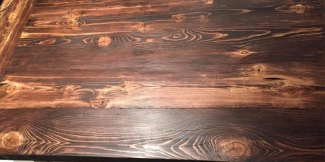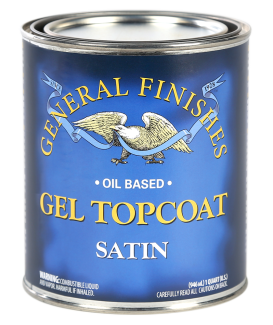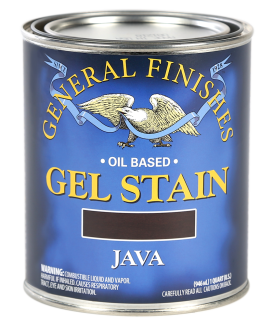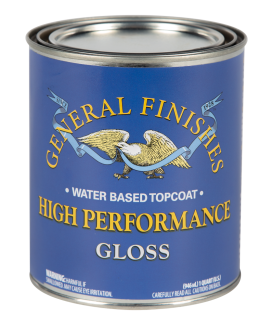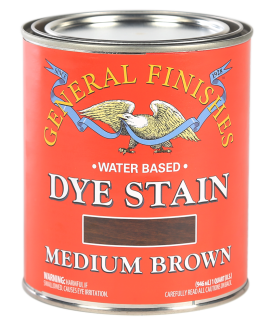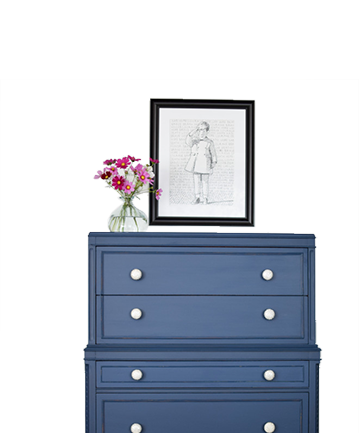*How Do I Prevent Bleed Through When Applying Whitewash Over Espresso Water Based Wood Stain?
Water Based Stains will always exhibit a bit of bleed through. When glazing with any color over water stains, we recommend some type of seal coat is applied first.
Unfortunately, the two colors you have chosen do not work very well together. Expresso will always bleed if Whitewash is applied directly over top. In the future, seal the Espresso stain with a coat of Shellac, and then General Finishes High Performance Topcoat. Allow both to dry, then apply Whitewash as a glaze (1 part stain, 1 part topcoat mix).
Here are two remedies we recommend to fix for bleeding that has occurred:
- Strip away finish and start over.
Stain with Espresso, top with Shellac, and then with 1-2 coats High Performance. After the HIgh Performance has dried, apply the Whitewash as a glaze (1:1 stain & HPTC). Seal with High Performance. - Paint over the bleeding stain.
Seal current finish with Shellac and then paint with Seagull Gray Milk Paint.
Any time you apply a light stain over a dark stain there is a possibility of bleed through. Therefore, it's important to seal off the base color first.
If the look of the wood grain is not important, Dark Chocolate Milk Paint is an exact match to Java Gel Stain when painted, and it could be used as an alternative base color.

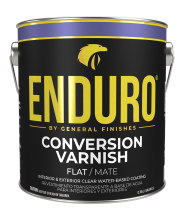 Enduro Water-Based Conversion Varnish
Enduro Water-Based Conversion Varnish
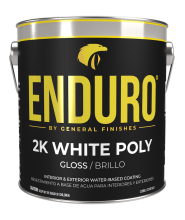 Enduro Water-Based Tintable 2K White Poly
Enduro Water-Based Tintable 2K White Poly
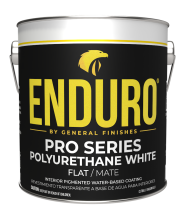 Enduro Water-Based Pro Series White Polyurethane
Enduro Water-Based Pro Series White Polyurethane
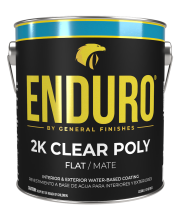 Enduro Water-Based Tintable 2K Clear Poly
Enduro Water-Based Tintable 2K Clear Poly
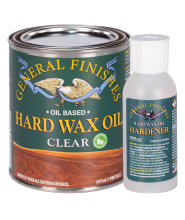 Hard Wax Oil & Hardener
Hard Wax Oil & Hardener
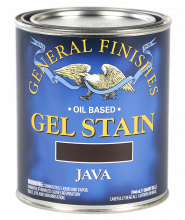 Gel Stains
Gel Stains
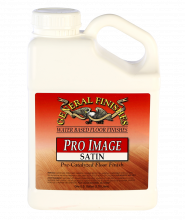 Pro Image Flooring Topcoat
Pro Image Flooring Topcoat
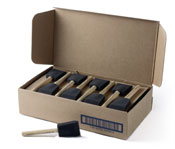 Jen Poly Brushes
Jen Poly Brushes
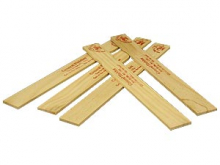 Stir Stix
Stir Stix
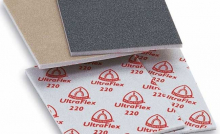 Ultraflex Softback Sanding Sponge
Ultraflex Softback Sanding Sponge
